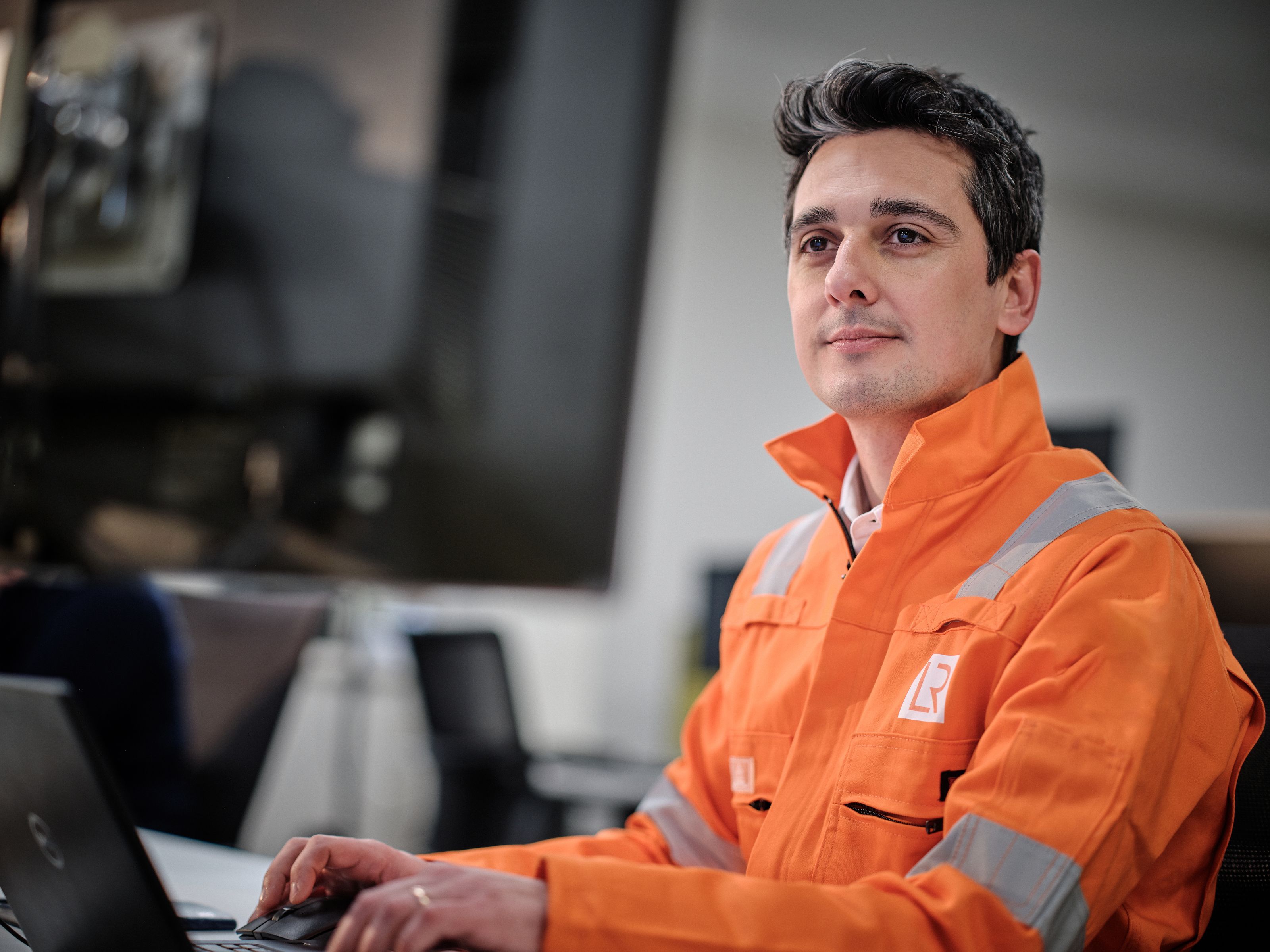Digitalisation is optimising processes and tasks across industries around the world. In the superyacht industry, designers and shipyards are increasingly utilising 3D models to design and build superyachts in place of traditional 2D drawings. To streamline and accelerate the design appraisal process, LR has been proactive in adopting the same software as its clients since 2018, having now approved more than 100 designs using 3D models.
With this new process, designers and shipyards share the 3D model with LR, whose specialists carry out the required verification work and provide feedback in the 3D model itself. Currently 90 per cent of superyachts approved by LR are done so by using 3D models, but with more and more clients are wanting to go down this route, LR anticipates it’s only a matter of time until that becomes 100 per cent.
LR’s adoption of 3D models was initiated following some interesting feedback from one of its clients, a prominent northern European shipyard. As Ranko Petkovic, Principal Specialist at LR, recalls, “The shipyard’s entire production was organised around 3D models. The only reason it was producing 2D drawings was for class, which was consuming around 3500 man-hours. So, we agreed to do the design appraisal in the 3D model and, once this was approved, just a master list of 2D plans were required for formalities.”
Thanks to the significant amount of time saved by the shipyard on producing the 2D plans, Petkovic has since seen a direct impact on the quality of submissions. “Those 3500 man-hours spent on making paper plans are now free for real engineering, and this has been evident in the submissions we’ve received,” he adds.
The advantages
A key benefit of using 3D models is that the process is a lot more collaborative, which in turn improves efficiency. Because LR is jointly working off the same ‘live’ model as the designer or shipyard, its specialists can follow the design journey and share comments instantaneously. This creates an immediate exchange of information between LR and the designer or shipyard, reducing the back and forth of revisions and significantly accelerating the appraisal process.
And 3D models don’t just improve efficiency from the client’s perspective but are also advantageous for verification purposes. “The 3D models give us better insight than any 2D plans can,” says Petkovic. “We can be inside the vessel and automatically see everything that is wrong in a compartment where you would otherwise need six paper plans with top views and cross sections to reach the same conclusions.”
While using a 3D model significantly improves efficiencies within the design appraisal process, it’s important that the industry is realistic about the technology’s current capabilities. “We need to put the brakes on at times, particularly with the younger generation, because sometimes the assumption is that a 3D model should get approved instantaneously, with no need for anyone to look at it,” explains Engel-Jan de Boer, Yacht Segment Director at LR. “The complexities of yacht building still necessitate structural specialists to independently verify the design. In the future, perhaps artificial intelligence will play a role, but the technology is not there yet.”


The challenges
The technology also comes with certain challenges. Currently, for example, each designer and shipyard use different software to create the 3D models. While LR has been agile in investing in the licences for each software package, a universal format would ensure enhanced compatibility across the board. To rectify this, LR is working together with other classification societies, along with the shipyards and software platforms, to develop an Open Class 3D Model Exchange (OCX) format as a conversion platform.
Furthermore, while a class-approved 3D model creates many possibilities for managing the yacht when it’s in service, it could also cause disputes surrounding intellectual property rights. “The 3D model is essentially a digital twin, which could be a benefit for future operations, particularly if the owner wants to make any modifications to the yacht,” advises de Boer. “But the owner would need to ensure the rights to use the model from the designer or shipyard.”
What the future holds
LR’s early adoption of 3D modelling in the design appraisal process has highlighted its agility and openness to innovate with the industry. However, it is unlikely that 2D plans will be made redundant anytime soon. “We have transformed the part of the process that is under our control, but even if we do not need them in our organisation, the IMO and the flag state still require the red stamped paper plans,” concludes Petkovic. “To get rid of 2D paper plans completely would require a change of mindset from the whole maritime industry.”
In the long term, there are likely to be further developments in terms of digitalising the design appraisal process. While LR is always eager to innovate and adapt to the industry’s evolving demands, its unwavering focus on safety and quality will never be compromised.








